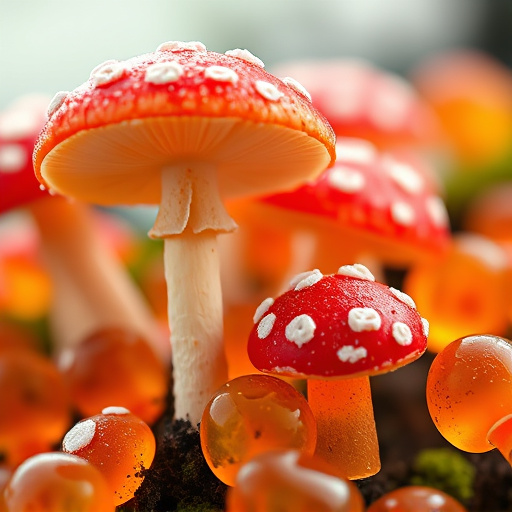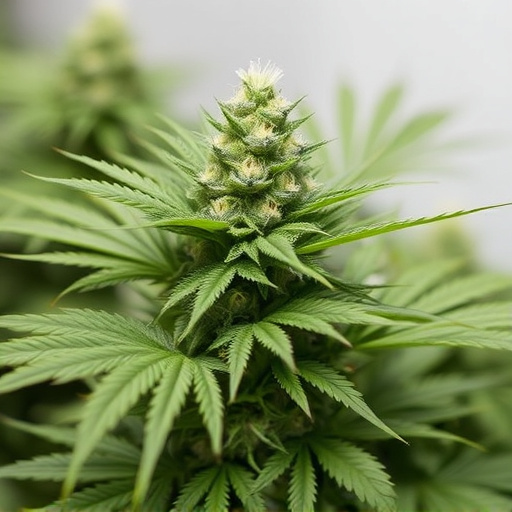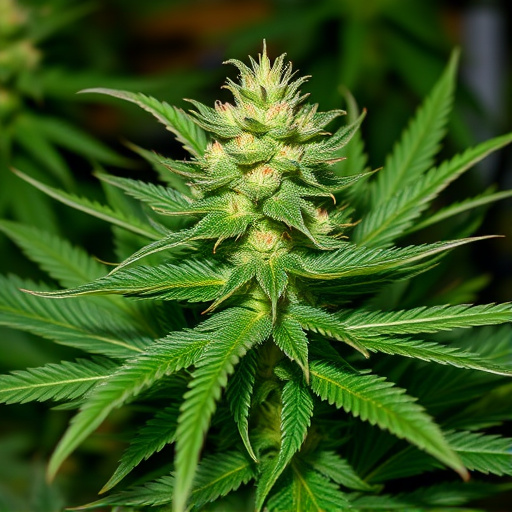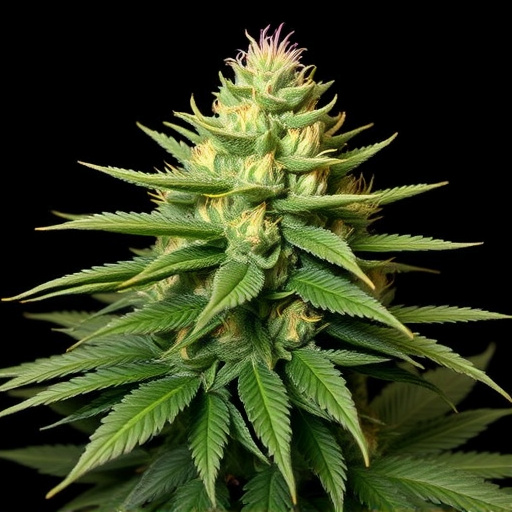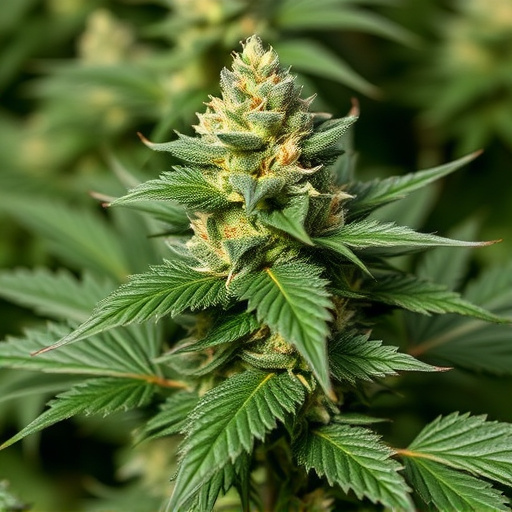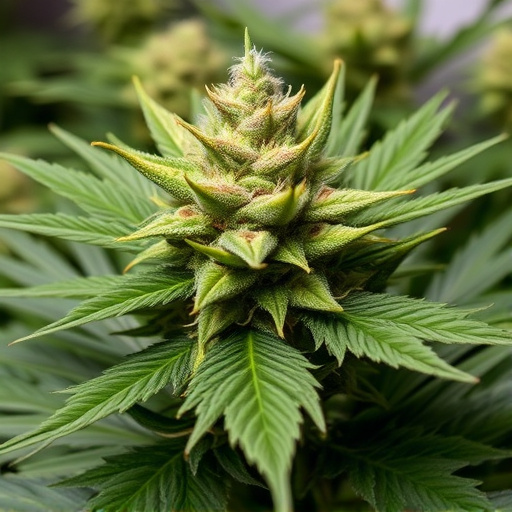Full-spectrum cannabis retains all natural compounds from the plant, including THC, CBD, terpenes, and flavonoids, offering a holistic therapeutic effect due to their synergistic interaction. Big bud strains, known for high cannabinoid content and dense flowers, are popular choices for relaxation, pain relief, or sleep support. This method preserves the plant's natural balance, providing diverse chemical compounds that work together to enhance cannabis' overall benefits.
“Uncover the potential benefits of full-spectrum weed in comparison to popular big bud strains. This comprehensive guide explores why cannabis enthusiasts are shifting towards this diverse variety. Full-spectrum weed, known for its rich composition of cannabinoids and terpenes, offers a unique therapeutic experience. We’ll delve into its distinct characteristics, dissecting it from other strains. Understanding its advantages over big buds, along with strain selection tips, can help users make informed choices for their specific needs.”
- Understanding Full-Spectrum Weed and Its Composition
- – Definition of full-spectrum weed and its distinctiveness from other cannabis strains
- – Explanation of the wide range of cannabinoids and terpenes present in full-spectrum weed
Understanding Full-Spectrum Weed and Its Composition
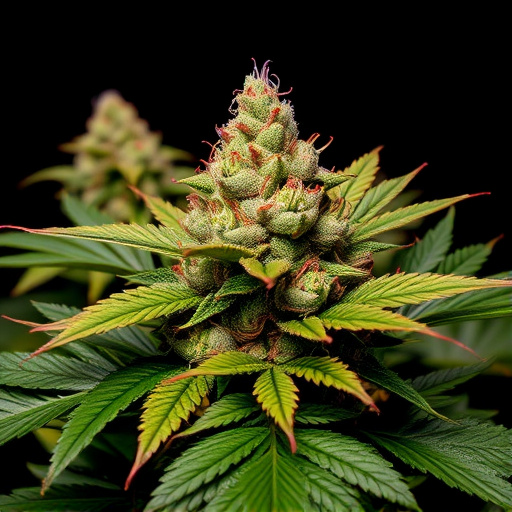
Full-spectrum weed, also known as full-plant cannabis, refers to cannabis products that contain all the natural compounds found in the plant, including terpenes, flavonoids, and various cannabinoids. Unlike concentrated forms of cannabis that isolate specific compounds like THC or CBD, full-spectrum products capture the complex interplay of these chemicals, which are believed to work synergistically. This means that using full-spectrum weed could offer a more balanced and holistic therapeutic effect.
Big bud strains, renowned for their dense, heavy flowers, often contain higher levels of total cannabinoids, including THC and CBD. These strains are cultivated to maximize the concentration of these compounds, leading to potent full-spectrum products. The diverse range of terpenes present in big bud strains also contributes to their unique aromas and potential therapeutic benefits, making them popular choices for those seeking enhanced relaxation, pain relief, or sleep support.
– Definition of full-spectrum weed and its distinctiveness from other cannabis strains
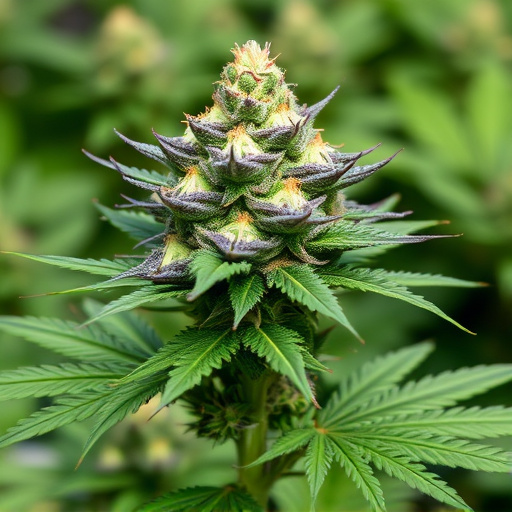
Full-spectrum weed, also known as whole plant cannabis, refers to a type of cannabis that includes all the natural compounds found in the plant, including terpenes, flavonoids, and cannabinoids like THC and CBD. This contrasts with other cannabis strains that may focus on enhancing specific compounds through selective breeding or extraction. Full-spectrum products stand out for their broader range of potential therapeutic benefits, often attributed to the entourage effect—a phenomenon where these various compounds interact synergistically to produce a more robust and complex response in the body.
Unlike big bud strains, which are primarily known for their high concentration of THC and oversized flowers, full-spectrum weed emphasizes the preservation of the cannabis plant’s natural balance. This means that while it may not always have the most impressive bud size, it offers a more holistic experience by delivering a wide array of chemical compounds naturally occurring in the plant. As such, full-spectrum products are favored by users seeking both recreational enjoyment and potential medicinal benefits without relying on isolated or concentrated compounds.
– Explanation of the wide range of cannabinoids and terpenes present in full-spectrum weed
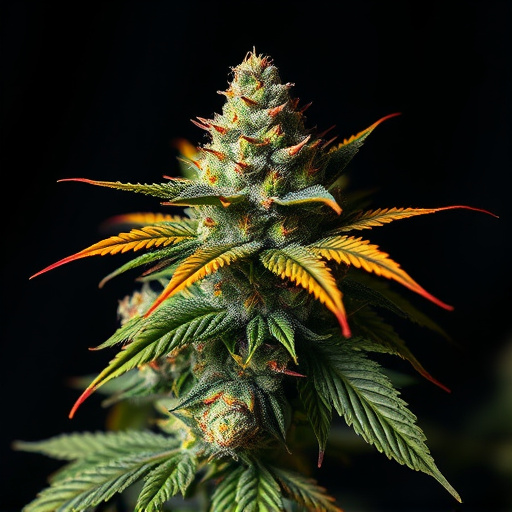
Full-spectrum weed, also known as whole plant cannabis, is a potent option for users seeking a diverse range of effects. Unlike distilled or isolate products that focus on a single cannabinoid like THC or CBD, full-spectrum weed retains all the natural compounds present in the plant, including a wide array of cannabinoids and terpenes. Cannabinoids are chemical compounds responsible for many of cannabis’ therapeutic properties, with notable examples being THC (tetrahydrocannabinol) and CBD (cannabidiol). Terpenes, on the other hand, are aromatic compounds that contribute to the unique flavors and potential therapeutic benefits associated with different strains.
Big bud strains, renowned for their dense, potent flowers, often pack a punch due to the high concentrations of these compounds. The variety of cannabinoids and terpenes working in harmony creates what is known as the entourage effect, enhancing the overall experience by modulating and amplifying each other’s effects. This complex interplay can result in more balanced and multifaceted benefits, making full-spectrum weed an appealing choice for those looking to harness the full potential of cannabis.
Full-spectrum weed, with its diverse array of cannabinoids and terpenes, offers a unique experience compared to more focused big bud strains. This natural blend may provide enhanced therapeutic benefits, as the interplay between these compounds could potentially create a more balanced and effective effect. By embracing the full spectrum, consumers can unlock a wider range of potential health advantages, making it an intriguing choice for those seeking a holistic cannabis experience.



